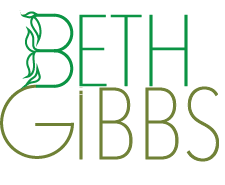ENLIGHTEN UP! a blogSelf-awareness stories: lighting our way to clarity, contentment and resilience in a complicated world.
|
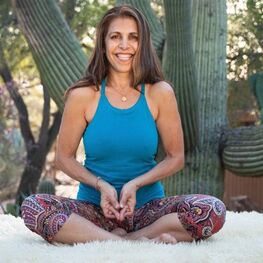 Photo: Maria Mendola. https://mariaalive.com Photo: Maria Mendola. https://mariaalive.com Question: Why yoga for your hands? Answer: The holidays are coming. We’re moving into them facing a global pandemic along with the social, political, and racial unrest that’s come along with it. This leaves us with questions to answer.
Whatever your holidays look like, the garden-variety stress we feel during this time will be increased exponentially. Yoga for your hands can help you reach a measure of equanimity when you can’t drop to your knees and flow into Child Pose or do Legs Up the Wall in the middle of a difficult gathering with family and friends. When Joseph LePage, my primary yoga teacher, first introduced yoga for your hands (mudras) into the Integrative Yoga Therapy Training program, I resisted. I simply did not get it. But having been raised a “good girl” with respect for my teachers; I went along with the program. He introduced them. I listened. I practiced. And I felt nothing. Nada. No energy shifts, no sensations, no nothing. So much for mudras, I thought. Several months later, I found myself in a stressful family situation. My hands automatically moved into one of the grounding mudras I’d learned and WOW!!! There it was. My palms tingled, my breath slowed, and I felt a sense of calm in the middle of that uncomfortable situation. It actually worked. I was amazed and delighted. What are mudras? The common English meaning of the word is “gesture,” or “seal.” In Sanskrit mudra means, “to bring forth pleasure or enchantment.” Mudras are thought to have arisen spontaneously from the deep meditative states experienced by the ancient Indian sages. Mudras can be used to recognize a quality, attitude, or energetic state that is already present and waiting to be awakened. Three desirable states we humans need to awaken during these times are calm, balance and focus. Once I grasped the basic principle of mudras, and felt them shift my energy, I searched for an analogy to make the concept mudras personal and memorable. It took a while but when I gave up my flip phone, bought a smart phone, and used the GPS function for the first time to get directions to a workshop I was attending, the light bulb went off. GPS! Global Positioning System! Mudras can be thought of as a global positioning system for reaching and realizing a desired state. Consciously place the hands in a particular position, pay attention, and allow the mudra to take you where you need to go. Now I practice mudras regularly and can definitely feel their effects. Here are three related to the desired states of calm, balance and focus. 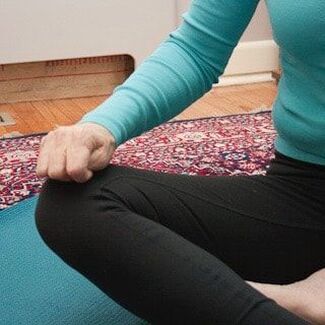 Adhi Mudra This gesture is said to bring the breath to the base of the body to help with anxiety and instill a sense of calming, grounding and stillness. Instructions:
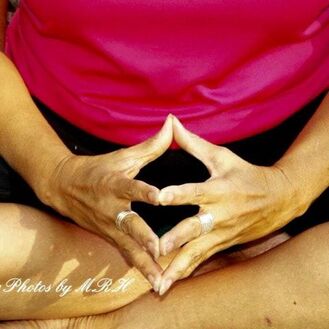 Hakini Mudra This mudra facilitates full deep breathing, supports overall health and healing and is said to bring forth a state of balance and integration. Instructions:
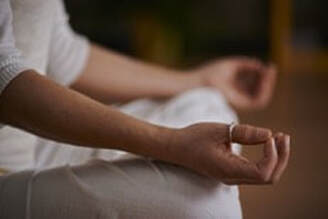 Jnana Mudra This gesture is related to the ability to concentrate and focus. It is perhaps one of the most well-known meditation mudras. Instructions:
Try some yoga for your hands and realize benefits to your whole being. My self-awareness newsletter is published six times a year. It features informative, inspiring and entertaining tips for finding clarity, contentment, and resilience in a complicated world. Sign up here.
1 Comment
|
Archives
July 2024
AuthorBETH GIBBS started her yoga practice in 1968, four months after her son was born and she’s been practicing ever since. She currently teaches all levels therapeutic yoga classes for adults, and specialty classes for seniors in the Hartford, Connecticut area. Beth is a certified yoga therapist through the International Association of Yoga Therapists and is guest faculty at the Kripalu School of Integrative Yoga Therapy. She writes for the blogs, Yoga for Healthy Aging, and Accessible Yoga. Her master’s degree from Lesley University in Cambridge, MA is in Yoga Therapy and Mind/Body Health. Categories |
|
|
Enlighten Up! a Blog
|
Copyright © 2023 Beth Gibbs
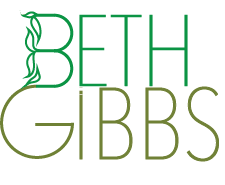
 RSS Feed
RSS Feed
